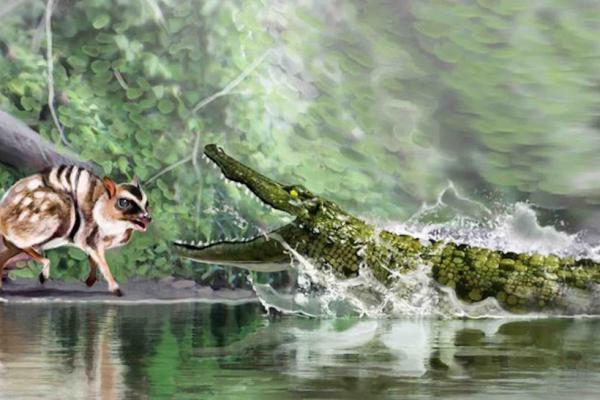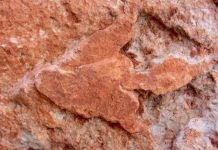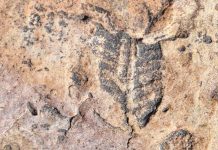
March 30 (UPI) — Researchers have confirmed the presence of Diplocynodon ratelii, a caiman-like reptile, in Spain 16 million years ago. The discovery represents the latest presence of Diplocynodon, an extinct alligatoroid genus, on the Iberian Peninsula.
The Diplocynodon ratelii remains were first discovered in the 1990s at a dig site in Catalonia, a northeastern region of Spain, but the remains spent the last two decades in storage, awaiting analysis.
Researchers at the Catalan Institute of Paleontology confirmed the fossils as belonging to Diplocynodon ratelii.
“These remains represent the latest published evidence of the genus in the Iberian Peninsula, as until now it had only been recorded much less recently, in the Eocene and Oligocene epochs, over 23 million years ago,” lead researcher David Alba told SINC.
Though the species emerged prior to the divergence between alligators and caimans, it is similar in appearance to the species in the caiman lineage. Diplocynodon ratelii was quite small, measuring just more than three feet in length.
The species thrived in woodland lakes and ponds during the middle and early Miocene epoch, hunting small rodents, fish and even larger mammals like mouse-deer.
Today, alligatoroids are more common in the Africa, the Americas and East Asia, but they were once abundant throughout Eurasia, when temperatures were higher than they are today.
“The genus Diplocynodon was widely distributed across Europe for over 40 million years, from the Paleocene to the Miocene, and includes many species of small crocodiles similar in appearance to caimans and alligators — the family to which the species belongs, now extinct, is part of the alligatoroidea superfamily, alongside caimans and alligators,” Alba added.
Researchers recounted their discovery in the journal Comptes Rendus Palevol.






